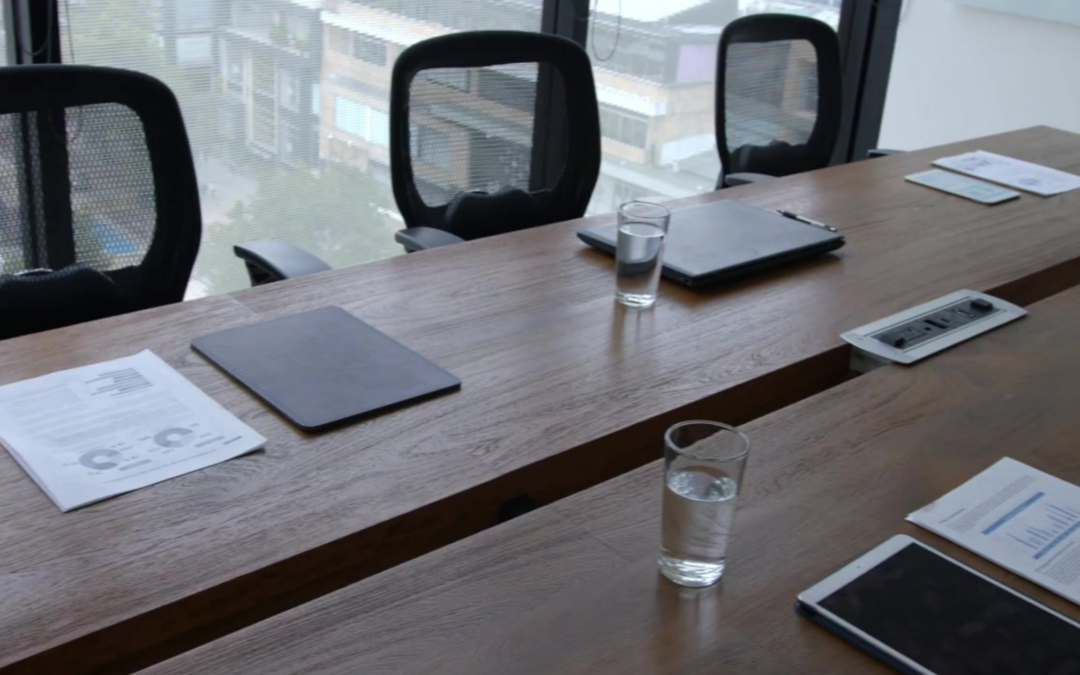My association client recently held its annual board orientation. I look forward to this yearly ritual because it is one of the first projects that the president-elect and I work on together as we prepare the incoming board for its new role. This orientation not only sets the tone for the new board, but also for my professional relationship with the new president.
With every board orientation, the roles and responsibilities of the board are thoroughly addressed, and this includes the responsibility for building a competent board. In other words, spend the year working diligently while simultaneously identifying and planning for your potential successors. The leadership year often goes by quickly and board directors strive to leave the association in a stronger position for those incoming leaders.
Despite the competency of building a strong bench and being intentional with leadership identification and recruitment, it is natural for the dynamic of the board to shift over time as new leaders bring different talents and strengths to their role. Certain shifts can bring certain dysfunctions and it is important for the board and executive director to be aware of potential problems.
While there is no quick fix to board dysfunctions, there are many ways that the board and executive director can work together to help safeguard the organization against destructive behavior before it begins.
Creating an Equitable Environment: Equity isn’t simply diversity on the board, but rather, “Equity creates an environment where marginalized voices have the same influence and power as other voices.” (Deal-Williams, V.R., et. al., 2021, p. 125) Do you find board directors lapsing into group think, that certain directors rarely speak, or that different points of view are not considered? These habits lead to dysfunction and are also signs of a broader organizational problem that needs to be addressed.
Documented Roles and Responsibilities: Associations should have board, committee chair and staff roles clearly documented by department and/or committee. If there are questions about responsibility and authority, an RACI chart can be a useful tool as it identifies and separates out who is responsible, who is accountable, who is consulted and who is informed on decisions or tasks. This tool can help boards prevent confusion, resolve conflicts, and keep the authority of the board in balance with the association expertise of the staff or other stakeholders.
Leader to Leader and Staff to Staff: The president and the executive director work together to cultivate a partnership based on trust. However, it is the board that has the authority. As the board works through a decision, the executive director may be in a situation where they do not agree with the board. Unless the decision is illegal or unethical, it is not the role of the executive director to go against the board. However, the executive director has the responsibility to provide the board with the best information and resources available to help guide the decision-making process. If a volunteer leader has a concern or issue, it should be the president addressing that with the volunteer leader. Likewise, if there is a concern that needs to be addressed with a staff member, it is the executive director’s responsibility to do that, and not a member of the board.
These are only a few strategies that the board and executive director can employ as they work to build a positive association culture based on trust. What strategies have your boards used to help ensure that new leaders are stepping into a role at an association with a strong and positive culture or one that safeguards against dysfunction.
Deal-Williams, V.R., et. al. (2021). Diversity, Equity and Inclusion: Creating and Intentional Cultures. In S. Radwan (Ed.), Professional Practices in Association Management: The Essential Resource for Effective Leadership of Nonprofit Organizations (4th ed., pp. 123-138). Washington, D.C.: ASAE Association Management Press
